Cataclysmic floods – Balkan experiences its worst ever flooding
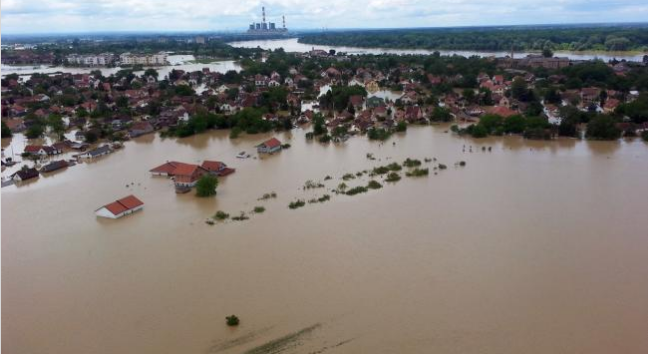
After several days of extremely heavy rain over parts of Croatia, Serbia and Bosnia and Herzegovina, the Balkan Peninsula is experiencing its worst-ever flooding. Heavy rains started on Wednesday, May 14 and by Monday, May 19, all major rivers have burst their banks at some points. More than 45 people have lost their lives as waters submerged towns and swept away roads and bridges. Residents are describing the ongoing event as cataclysmic.
- This was the heaviest rainfall and worst flooding in the region since measurements began (120 years ago) – the worst flooding in known history.
- More rain fell in one day than in four months.
- In Serbia, flood waters acted like a 3 – 4 meter high tsunamis. Entire towns were flooded in a matter of minutes.
- Soldiers and energy workers have stacked thousands of sandbags to protect Serbia's biggest power plant from flood waters (TPP Nikola Tesla – coal).
- Thousands of landslides have been recorded across the region.
- Tens of thousands of people were evacuated. Sadly, some refused to leave.
- As of Monday, May 19th, more than 45 people died as the result of flooding.
- Millions of people are left affected.
- This part of southeastern Europe is traditionally oriented as a food-producer – food prices skyrocketed over night.
- The decaying corpses of drowned farm animals now represent a major health risk for the region.
- Floodwaters have also disturbed many land mines left over from war in the 1990s (Croatia and Bosnia and Herzegovina).
- The full extent of the damage will be known after the floodwaters recede.

Video courtesy of Dragan Trifunovic Helivideo. All interested TV stations can buy broadcasting rights for this video. All money will go to humanitarian funds.


Video courtesy of RT
On May 13, 2014, a low-pressure area, later named "Yvette" ("Donat" in Croatia, "Tamara" in Serbia and Bosnia) formed over the Adriatic Sea, as polar air from Central Europe penetrated into the Mediterranean basin. The cold polar air mass met with humid subtropical air, leading to strong low pressure development.
On May 14, the low moved over the Balkans, and became stationary. Its center remained in Serbia for days.
Record breaking rains lasted for several days ultimately ending as the worst flooding in the history of Balkans.
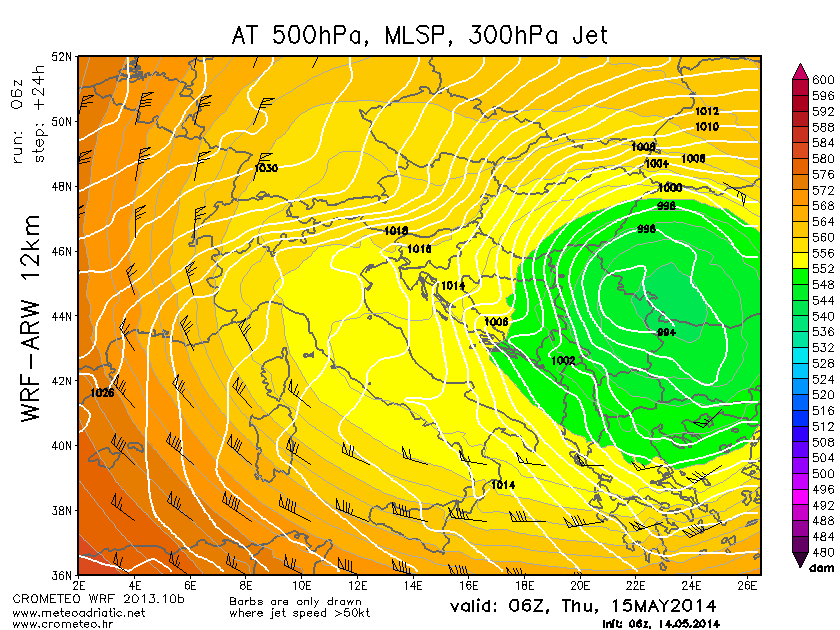

By May 17, at least 20 people had died in Serbia and more than 20 000 had been evacuated.
As the cyclone moved northwestward on Sunday, May 18th, about 15 000 were evacuated from eastern Croatia alone.
According to weather.com senior meteorologist Jon Erdman: "a strong disturbance in the jet stream closed off into a swirling, stuck upper-level low near the Balkans, instead of sweeping through." The result was persistent, flooding rainfall.
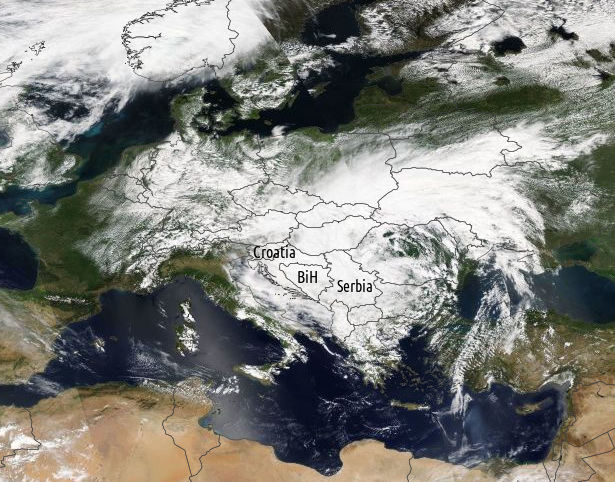

Image credit: NASA Terra / MODIS. Acquired: May 15, 2014. Edit: The Watchers


Video courtesy of Tuzla Grad
Bosnian Serb police chief Gojko Vasic said the situation had been particularly difficult in Doboj "because the flood waters acted as a tsunami, three to four meters high".
Floodwaters triggered more than 3 000 landslides across the region, laying waste to entire towns and villages. As the affected region is mostly food-producing oriented – food prices have skyrocketed.
Many fear that land-mines left from war in the 1990s were disturbed by floodwaters and landslides. There are still about 3 million of them in Bosnia and Herzegovina only.
On Monday, May 19, Bosnian state radio reported that the swollen Sava river had again overwhelmed flood defenses late on Sunday and flooded parts of the northern town of Orašje.
In Serbia, a wall of sandbags several kilometers long was built around the Nikola Tesla power plant in the flood-hit town of Obrenovac, 32 km SW of the capital, Belgrade. This coal plant covers roughly half of Serbia's electricity needs.
Serbian capital is preparing for the peak level of Sava river on Wednesday, May 21.
The full extent of the damage will be known after the floodwaters recede.
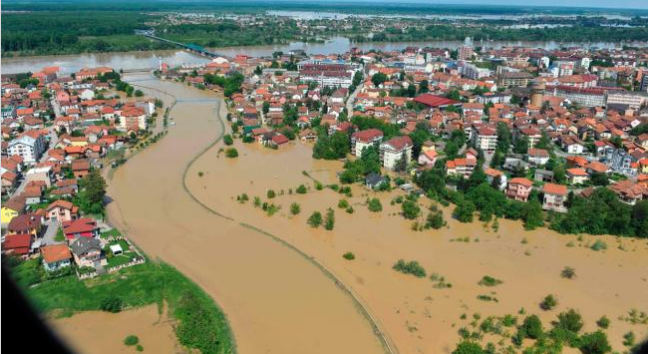

May 18, 2014. Brčko, Bosnia. Image credit: Bosnian Army
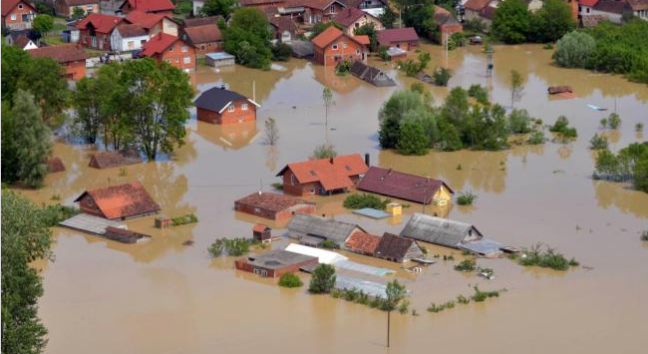

May 18, 2014. Brčko, Bosnia. Image credit: Bosnian Army
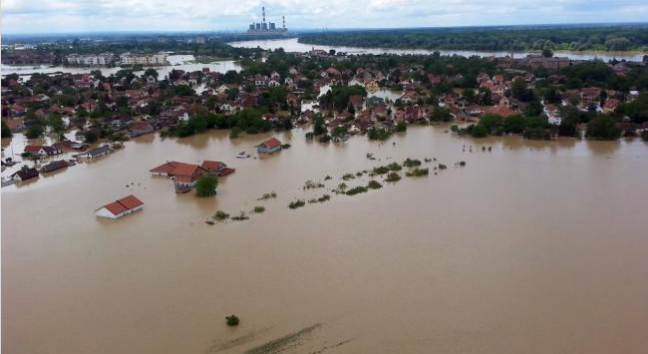

May 18, 2014. Obrenovec, Serbia. Image credit: Serbian Police
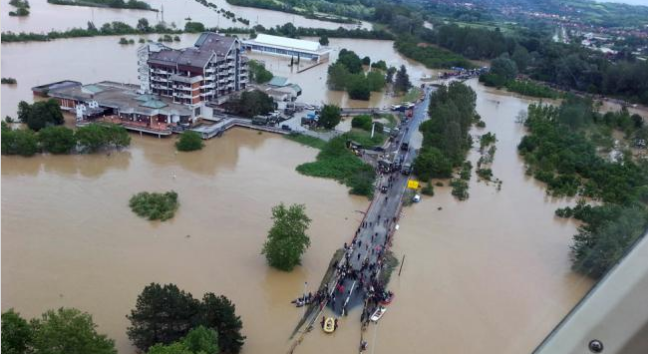

May 18, 2014. Obrenovec, Serbia. Image credit: Serbian Police
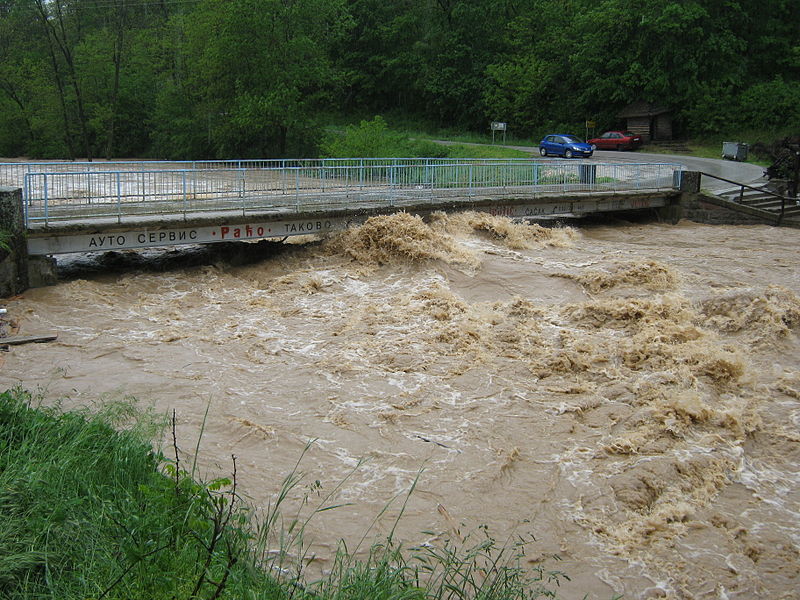

May 15, 2015 – Gornji Milanovac, Serbia.
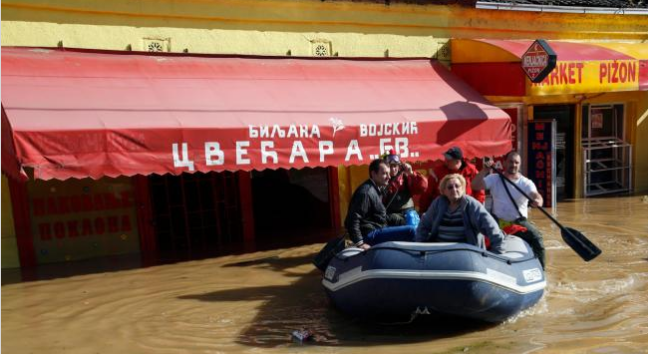

May 18, 2014. Obrenovec, Serbia. Image credit: Serbian Police
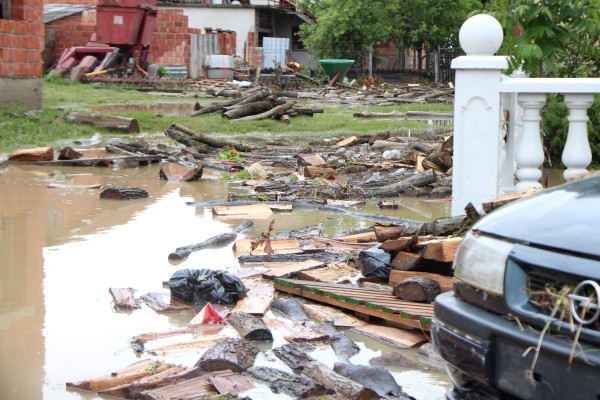

May 17, 2014. Pleternica, Croatia. Image credit: 034portal.com. Author: Anđelko Banović
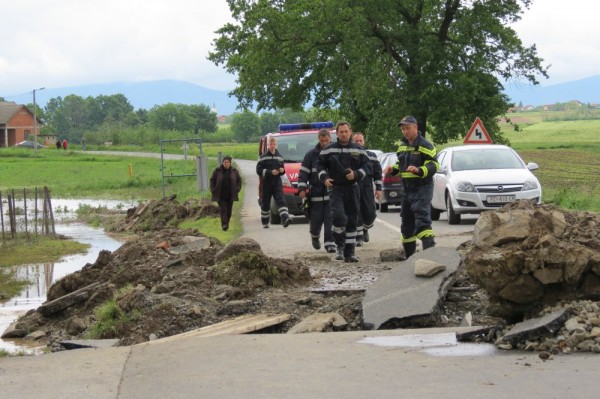

May 17, 2014. Pakrac, Croatia. Image credit: 034portal.com. Author: Aleksandar Grlić




Featured image credit: Serbian Police

electro magnetic fluctuations
https://www.youtube.com/watch?v=br1GrxmMr0s